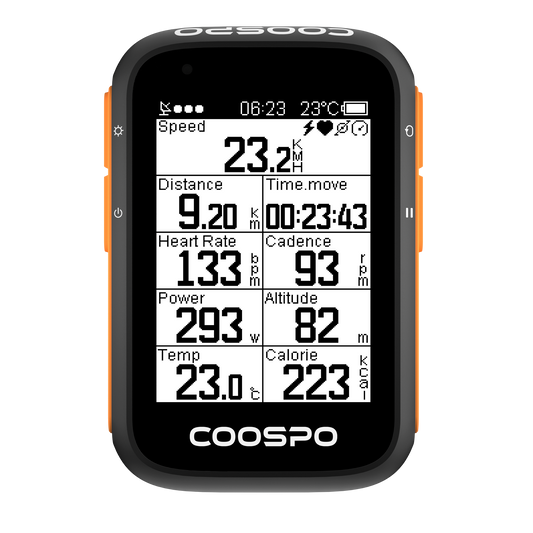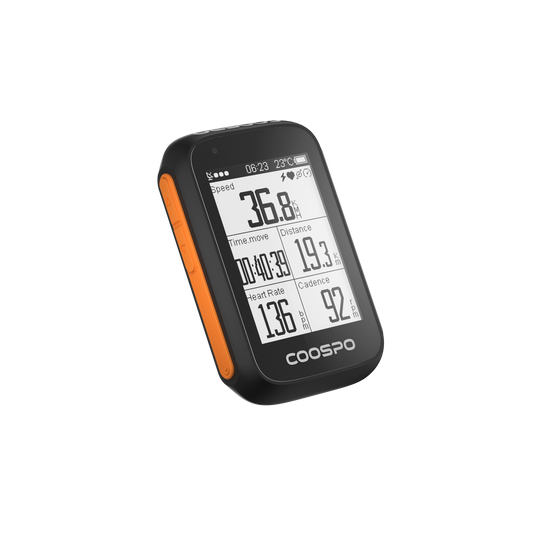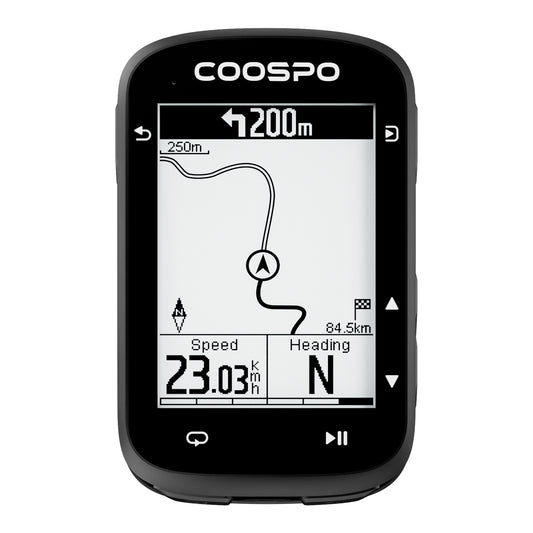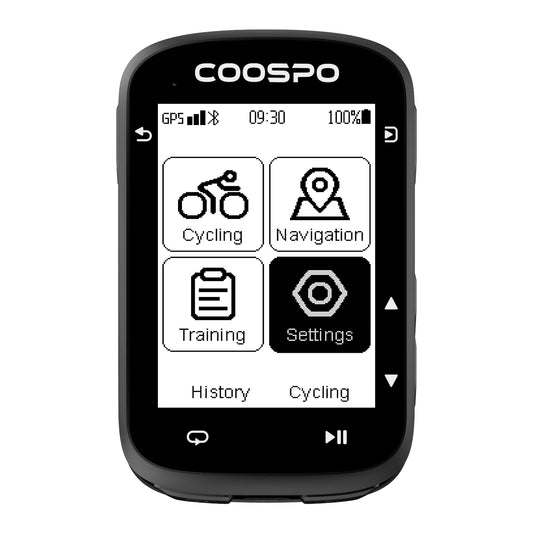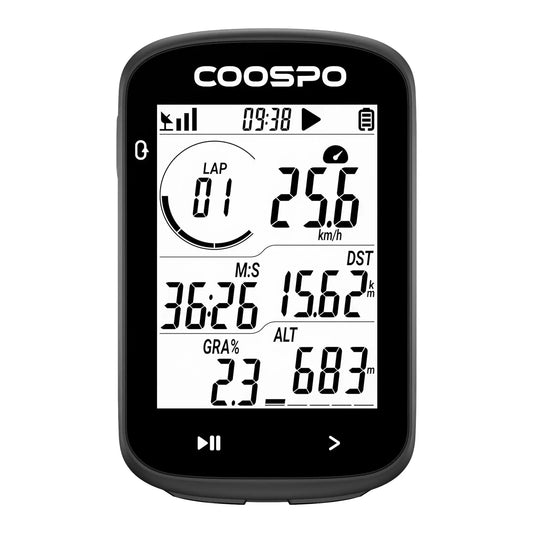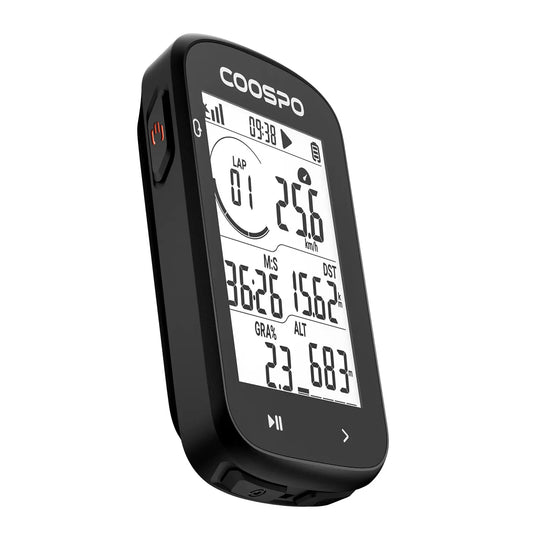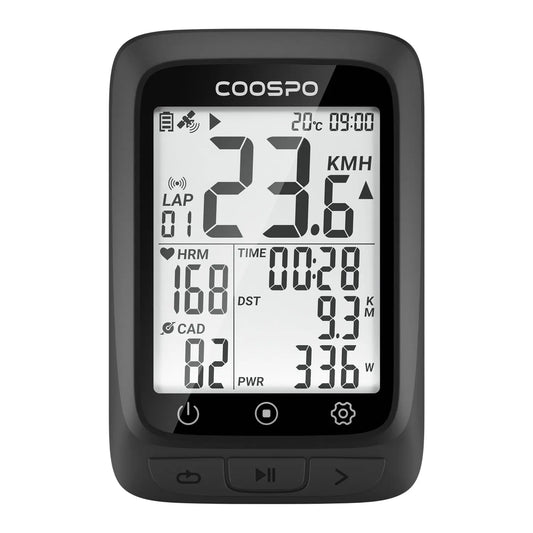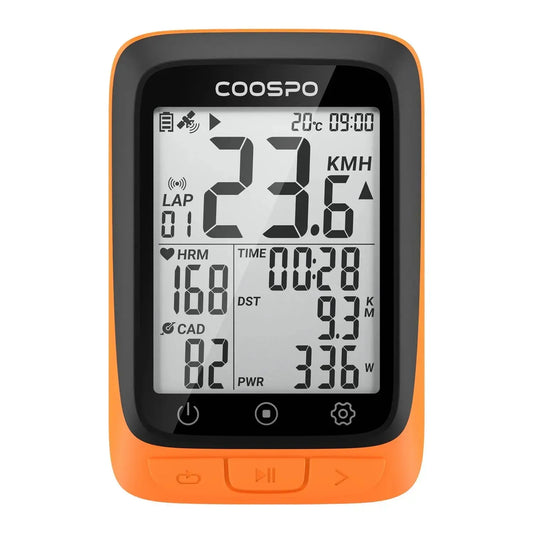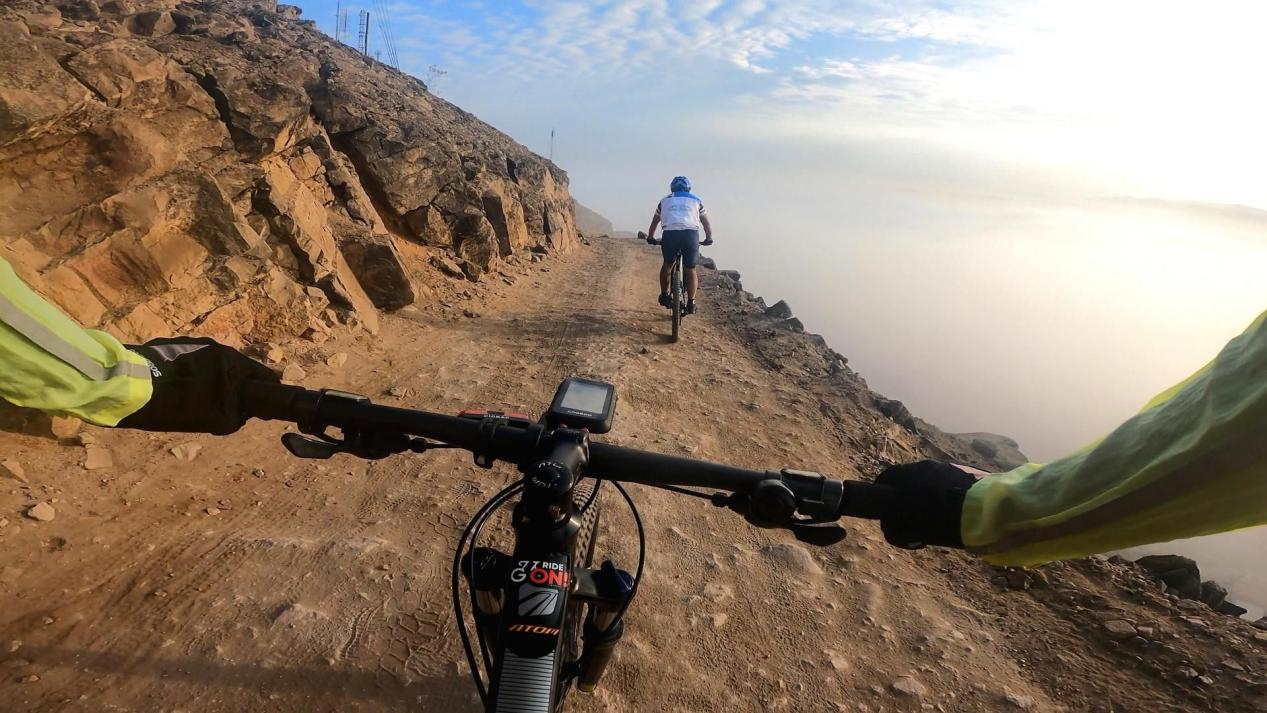5 Steps for Faster Recovery After a Hard Ride
Let's be real—many of us think that if we're not actually pedaling, we're just wasting time when it comes to getting better at cycling. But experts say we might be missing out on some important benefits.
Getting better at riding isn't only about spending time on the bike. Rest and recovery are just as important for getting stronger, faster, and fitter as riding itself.

Whether you're tackling a grueling mountain trail or pushing yourself on a fast-paced road ride, your muscles and energy reserves take a hit. Proper recovery is just as important as the training itself when it comes to improving performance and avoiding injury.
Take a break
Rest is very important because it helps your muscles recover and get stronger. When you work hard during exercise, tiny tears happen in your muscle fibers. These tears are key for muscle growth, but they need enough time to heal properly.
The first step in recovery can be tough: giving your body a chance to rest. Although it might seem like staying active will help you recover faster, your muscles actually need time to heal and grow stronger. Instead of pushing yourself hard until you're worn out and then needing a few days off, it's smarter to schedule regular rest days, just like professional athletes do.
Work, social events, and other life responsibilities might affect your training schedule, so use those as your rest days and design your training plan around them.
How much rest do you need? It varies from person to person and depends on many factors, like what else you need to do, how fit you are, your age, and your goals.
There aren't strict rules for how much rest you need, but some general ideas can help. For example, it’s good to have easy days or rest after tough training days, and a common approach is to train hard for three weeks and then take an easier week. By planning rest and recovery into your training, you may avoid needing extra breaks because of sickness, tiredness, or injuries.
Rest doesn't always mean just taking a break. For instance, Wiggins has one full day of rest each week, but he also includes 'recovery rides' in his routine.
Raid the fridge
After a tough ride, your body runs low on glycogen, which is its main energy source. Your muscles also need protein to fix themselves. If you don’t replace these important nutrients, your recovery will take much longer.
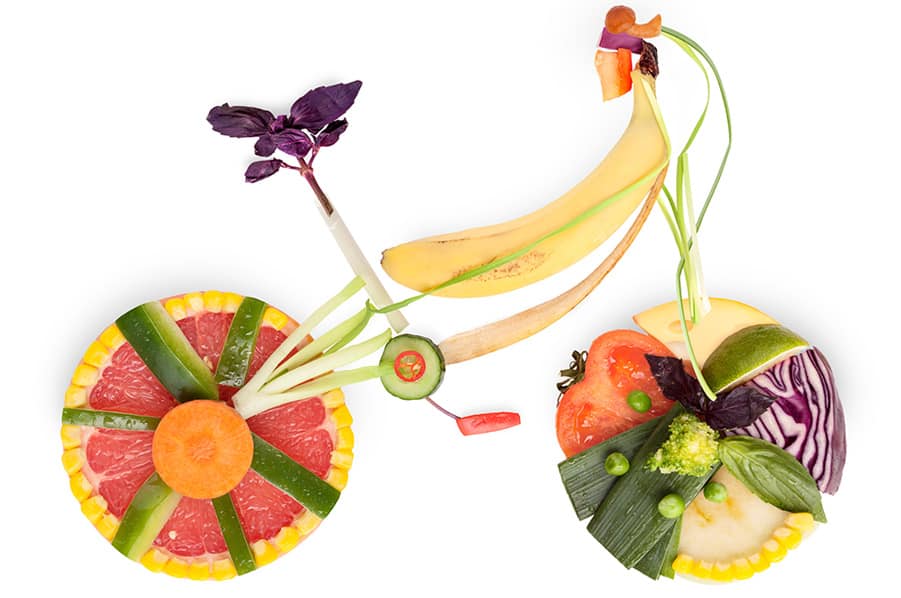
Experts say it's important to eat a mix of carbs and protein within 30 minutes to an hour after a ride. This time is called the recovery window, and it's great for starting muscle repair and refilling energy stores. A 2017 study in the Journal of Sports Sciences found that having 1.2 grams of carbohydrates and 0.25–0.4 grams of protein for every kilogram you weigh can help you recover faster after exercise.
Carbohydrates are essential for restoring the energy used during your ride. Good options include pasta, rice, fruits, or a recovery shake with simple sugars for quick absorption.
Protein is essential for muscle repair. Chicken, fish, eggs, or a plant-based protein shake will provide the building blocks your body needs to rebuild damaged muscle fibers.
It's also important to stay hydrated. Not drinking enough water can make muscle soreness worse and slow down recovery. Be sure to drink plenty of water, and think about having an electrolyte drink to replenish lost minerals.
Have a rub down
Massage is an essential part of the sport, and something that all cyclists could benefit from. If you schedule it in regularly, the other advantage is that the therapist will be able to spot the early warning signs of impending injury, such as areas of tension or adhesions – and then work to help you avert the problem.
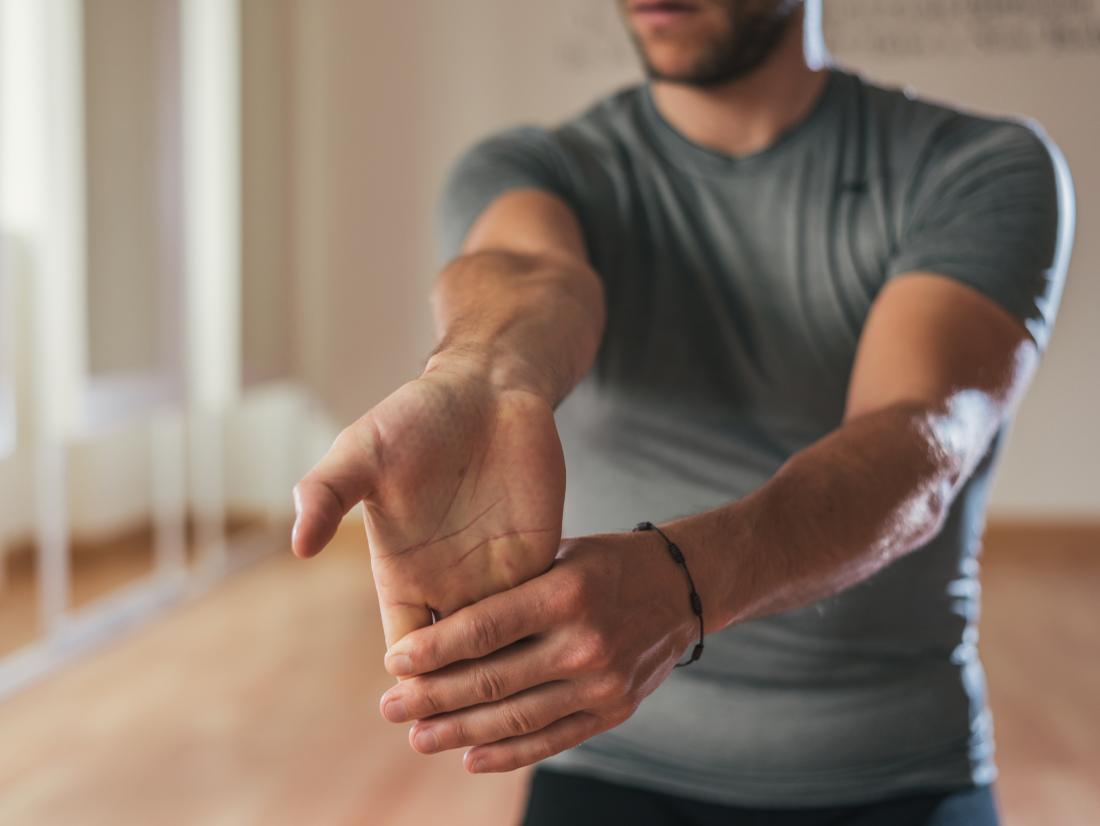
If you choose to get a massage – and you totally should – when is the best time to do it? A massage after an event is a good idea, but try not to go for anything too intense in the hours right after a tough race or workout, as your muscles are still recovering.
It's a good idea to wait two or three days so you can get better treatment. If you can't see a professional therapist, you can use a foam roller or a massage gun to ease tension in important areas like your thighs, calves, hamstrings, and lower back.
Get a good night’s sleep
The importance of sleep in recovery cannot be overstated. Sleep is when your body does most of its repairing and rebuilding. During deep sleep, growth hormone levels spike, which aids in muscle recovery and tissue repair.
A study at Wheaton College in the United States found important results about sleep deprivation and heart performance. The researchers discovered that being awake for 30 to 36 hours can significantly reduce how well the heart works, showing an alarming drop of 11 percent.
Not getting enough sleep for over thirty hours may seem like a lot, but if you usually sleep only six hours a night instead of eight, you'll build up that sleep deficit in just a couple of weeks. This lack of sleep can weaken your immune system, making you more likely to get sick and miss important training time. It also reduces muscle-building hormones, affects your ability to focus, and can even change your mood.
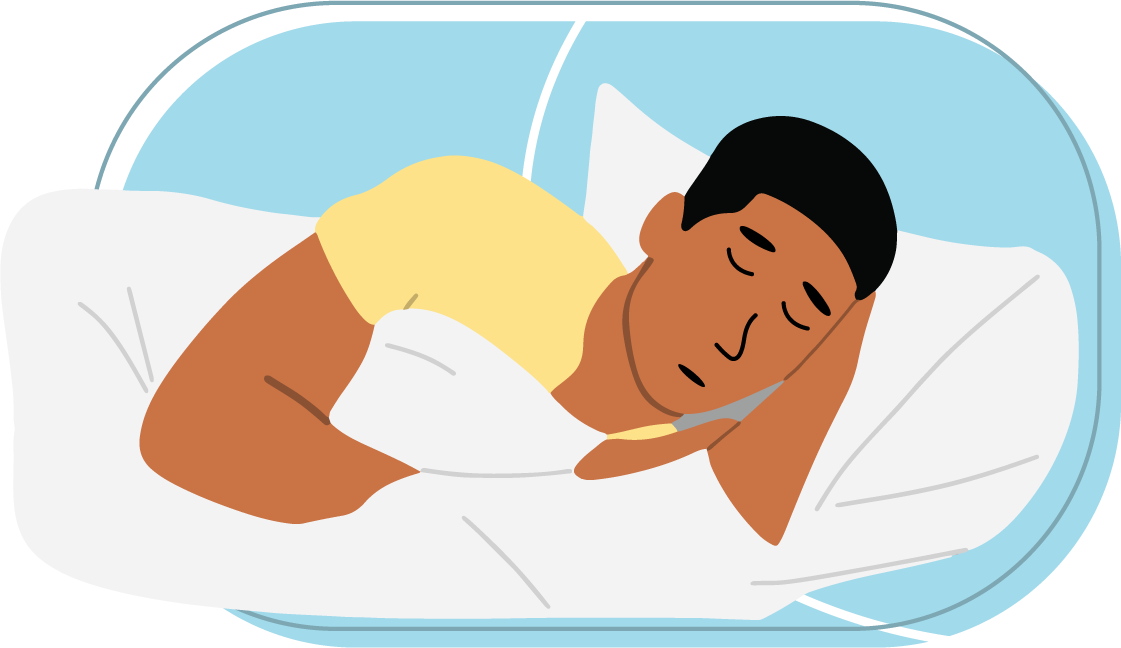
If getting the recommended eight hours of quality sleep at night is tough, try adding a short nap during the day. It’s best to nap after a tough workout, as it helps you recover and boosts your energy for the rest of the day.
Wear compression tights
Compression garments are becoming more popular with athletes because they might help with recovery. These garments fit snugly on your muscles, which can improve blood flow and decrease swelling. They might resemble superhero tights, but their purpose is to help your muscles heal more quickly.
Research into the effectiveness of compression gear is still ongoing, but several studies suggest they can help reduce delayed onset muscle soreness (DOMS) and improve circulation. A 2015 study published in The Journal of Strength and Conditioning Research found that wearing compression tights for 24 hours after intense exercise can reduce muscle soreness and improve recovery time.
The benefits of compression garments lie in their ability to improve venous return, which is the process of blood flowing back to the heart. This helps to remove metabolic waste products like lactic acid and reduce swelling. By wearing compression tights during the first few hours after a ride, you can accelerate the recovery process and reduce discomfort the following day.
Compression tights also help with muscle stabilization, preventing excessive muscle movement that could cause strain during recovery.
Conclusion
Recovery is an essential part of your cycling routine. Pushing your body during rides is great for performance, but without proper recovery, you risk injury and burnout. By incorporating these five recovery steps—taking a break, refueling with proper nutrition, getting a rub down, sleeping well, and wearing compression tights—you’ll recover faster and ride harder.

For more accurate recovery tracking, consider using a Coospo bike computer and Coospo heart rate monitor. They help you monitor your performance and recovery metrics, so you can optimize your training and recovery routine. Remember, recovery is personal—experiment with these techniques and listen to your body. With consistency, you'll recover faster, ride harder, and enjoy the ride even more.



